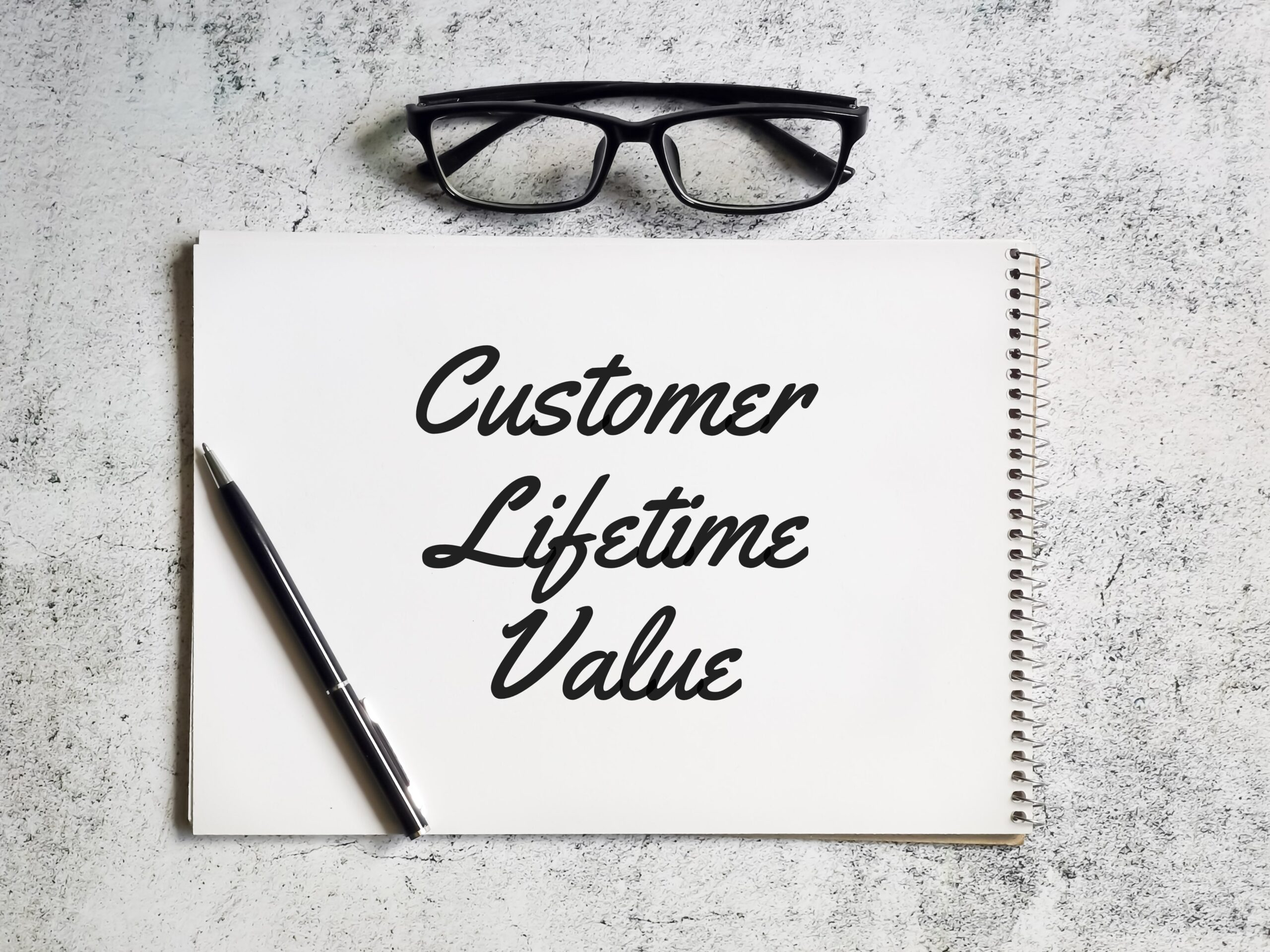In the world of business, you should know how important your target audience is. These are the people and companies most likely to buy your products and you want to make sure you’re creating marketing campaigns that attract and engage them.
Marketing teams will do everything they can to reach their target audience, but there are still potential prospects that fall through the cracks. However, there are things you can do to make the number of people you are unable to reach minimal.
This article will focus on how to target your prospects to reach as many potential customers as possible--without targeting everyone. You start with creating a buyer persona.
Buyer Persona
A buyer persona is quasi-fictional representation of an ideal customer based on marketing research and real-world from your existing customer base.
For example, a female, 20-40 years old, who is in a managerial position or holds an executive title. This target persona would be interested in hearing about new market research reports and trends on the competitive landscape.
Utilizing a buyer persona allows a market or business to focus primarily on targeting these types of individuals rather than everyone.
In order to do this, we need to break down our types of customers into segments. Our customer segments go according to where they live; their gender; profession and any other demographics that apply so that we can customize campaigns for each group.
For instance, professionals are more likely to read blogs if you write them specifically for their industry whereas executives may not have time because they're too busy doing work-related tasks day in and day out. When it comes down to it though, there's no one size fits all when it comes to marketing because everyone is different.
Tailoring content based on the needs of each customer or prospect, you will increase your chances of connecting with them. By connecting with them, you can increase the chance of having high customer satisfaction, having new customers, and a new lead.
Having brand recognition among your customer base is great when they come to you for an initial purchase, but it is also important that your customer base continues to be satisfied and return. This way, the company can get repeat business from its happy customers.

How to Create Buyer Personas
It was briefly mentioned earlier, but there are many different ways to create a buyer persona, but here are some basics for how to get started if this feels like uncharted territory for you--or if all of your previous attempts were less than successful.
Buyer personas typically include data about their demographics such as average age, income, education level or occupation; psychographics such as what motivates them and what their needs and goals are such as obtaining status, security, family planning.
A business can create a marketing strategy based on customers who are motivated to save money or being the best in their profession, or having all of the latest gadgets.
And that goes into the final segments that is often included in buyer personas: what do people need and want?
Customers want a status symbol so a high-value brand, a security product, or family planning services. Some people want a product or service with lifetime value.
This can help you segment your audience with specificity so that you know who will most likely see an ad about auto insurance policies or dog supplies.
Customer Journey
Now that you know what kind of businesses and who you should be targeting, you have to figure out which to target and the best way to reach them. When it comes to contact methods, email, social media profiles, cell phones, are all possibilities
The question now is, how do you get this information? How do you know which businesses you are going to target, who is in charge of purchasing decisions, and when you should be reaching out?
When it comes to B2B marketing, there are services you can use that can provide you with information on what businesses you should be targeting, who the decision-makers are at those businesses, and the best time to approach these companies. They can give your reports that tell you when businesses are most likely to buy, preferred marketing environments, spending, and a lot more data.
Some of the services that provide this data include InfoUSA and Winmo. You can also contact a data broker for a similar service. Although these services seem ideal, they tend to be very expensive and they don’t always get the results businesses are looking for.
If you choose to take more of a DIY approach, you can get data on your own through social media like Instagram, Linked In, and Facebook. You can use these sites to find businesses that you think would be likely to buy your products and services, make contact and continue the process until you close a deal. Though this is a less expensive option, it will take more manpower and it may not be as effective in collecting data.

Customer Journey Map
Companies want their marketing strategies to be as successful as possible and reach as many people as possible in a diverse target market.
Information from a buyer persona or personas is important because it saves the company time and money when promoting its products or services. A company strives to maximize its marketing efforts while minimizing company time and money.
It also creates more opportunities for success by targeting more customers that might be interested in what they're selling, rather than one specific group of people who may not have an interest in what they're offering.
A customer journey diagram is essentially a diagram that shows how your customer or customers engages with your product.
The customer journey map is a way to document the process of how a potential customer interacts with your company from when they first become aware, all the way up until they make their purchase decision. This is all based on data from a buyer persona.
It's important for companies to understand this and identify where there might be gaps in the buying cycle so that a marketing strategy can be adjusted accordingly.
You should strive on creating value with your customers. and create a good customer experience. And through creating value, you'll see customer retention rates increase along with your revenue.
Pain Points
Pain points are the things that bother your customers and make them want to stop using your product. Pain points can take many forms, but there are some basic ones you need to know about before we go any further
Boredom: Your customer is bored with what they're currently doing or isn't enjoying it anymore.
Fulfillment Gap: The gap between their current situation and where they would like to be in life is too large for them to overcome on their own. They feel trapped by circumstances beyond their control.
Unmet Expectations: Something has gone wrong with a purchase (or series of purchases) related to something else--either the website experience itself, social media posts from competitors.

Lifetime Value
Lifetime value is a term used to measure the profit generated by a customer. It's not always easy for businesses, especially startups, to understand who their target customers are and what makes them desirable in order to calculate lifetime value.
However, the more you know about your target audience and what they value, the better you can calculate lifetime values.
For example, if a customer purchases an expensive product from a business that offers free shipping on orders over $100 dollars (and generates revenue of $110), their calculated lifetime value is only $90 because of how much money the company spends to acquire them as a client.
A key point in calculating this value is understanding just who your customers are. Like we've been talking about is to identify who your main buyer is and what kind of product or service they feel strongly towards.
Company Size
Some companies have bigger budgets than others and would rather focus on their core customers that are actively engaged with their product.
You'll need to decide what kind of customer you want to reach and invest time into crafting messaging specifically tailored for those types of people so they are more likely to make a purchase decision. Develop marketing strategies according to bring in new potential customers.
Small businesses have a smaller customer base, so they may need to target larger companies in order to grow their business and reach more people.
Companies that are just starting out may want to focus on local stores and the local area as much as possible because there is less competition.
Larger corporations will make it hard for you to break onto the market due to the sheer number of customers they can provide for other marketers.
But you should also attempt targeting a medium or large-sized business even when you're onto a small firm because they can still provide you with a large customer base.
Marketing to larger companies and all businesses can be done on the internet, through mailings, or even at conferences where other marketers are selling their products.
Content Marketing
Content marketing is an effective way to target your prospects without reaching everyone. It can be done through different mediums, such as video and text, or even a blog post.
This will give you the opportunity to share more information about what your business offers and why they should buy from you. It's also a great way for your customers to relate and identify with you. Creating that intimate relationship is important in mapping out a customer's journey and behaviors.
An example could be a restaurant with great ambiance may successfully market themselves by sharing photos of their food on Instagram but leave Facebook posts for news on specials only because people on Facebook are most likely looking for a quick meal to grab-and-go. Identify what customers relate to better.
Conclusion
While it may seem like a daunting task to try and target every type of customer, the reality is that you can’t. That’s why segmentation is so important in marketing- when done correctly, this strategy will allow you to tailor your messaging for specific audiences while still having some messages resonate with other groups as well.
When doing research on what types of segments are most relevant to your business, make sure you take into account pain points (the problems customers have) and lifetime value (qualitative factors such as how much time they spend using the product). This data should then be used in tandem with customer journey mapping tools to come up with new ways your company might market its products or services. If any of these steps seem confusing or difficult, reach out to us and we’d be happy to help!
What are some other ways you think businesses can segment their customers? Let us know in the comments below!
